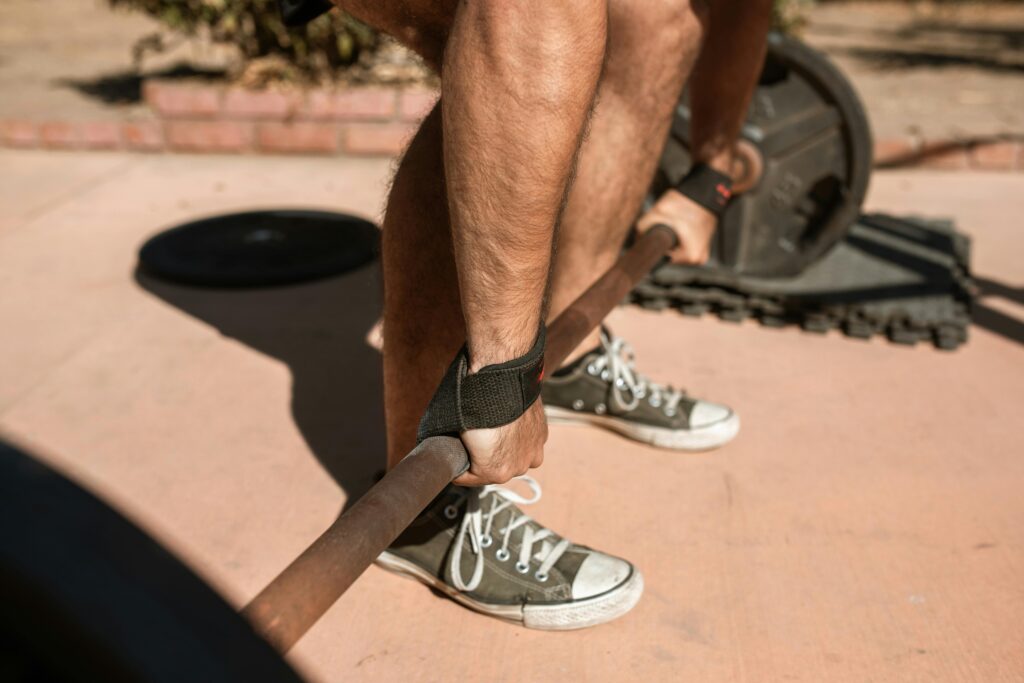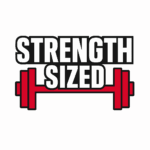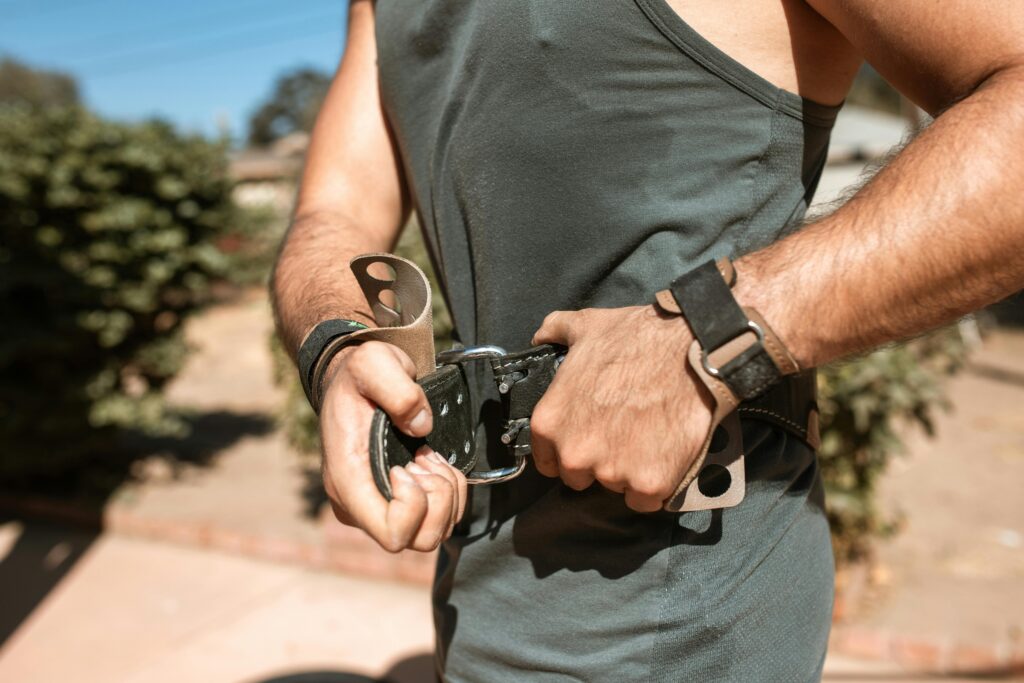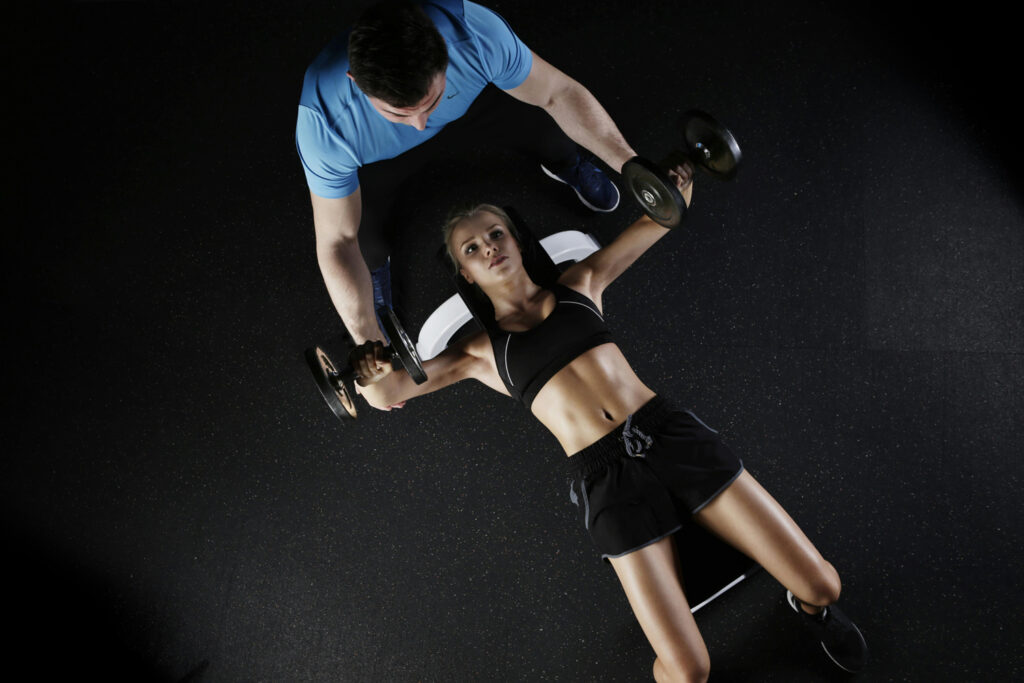
Lifting straps are one of the most debated accessories in the gym. Some lifters swear by them, others avoid them like the plague in the name of building grip strength. The truth probably lies somewhere in between. In this article, we’ll break down when straps are genuinely helpful, when you should train without them, and how to use them to get the most out of your workouts—without letting your grip become a weak link.
What are lifting straps?
Lifting straps are accessories that wrap around both your wrist and the barbell to help you maintain your grip, usually made from leather, cotton or nylon. They act as an extension of your hands, allowing you to hold onto the bar more securely when your grip starts to fatigue.
The most common types of lifting straps are lasso (or loop) straps, Versa Gripps, and figure-8 straps. All three serve the same basic purpose: to reinforce your grip during heavy lifts. Choosing between them often comes down to personal preference and training style. That said, figure-8 straps are generally not recommended for casual or recreational lifters. While they’re popular among strongman athletes for their secure hold and quick setup, they don’t allow for easy release during a lift. This can pose a safety risk, especially if something goes wrong mid-rep.
Why Use Lifting Straps?
Lifting straps are a simple yet highly effective tool that help you maintain your grip on the bar when your hands start to give out before your larger muscle groups. They’re most useful on exercises like deadlifts, Romanian deadlifts (RDLs), rows, and shrugs — movements where grip fatigue can become the limiting factor.
By taking your hands out of the equation, straps let you focus on working your back, hamstrings, or traps harder. This means you can push those target muscles further, especially during high-rep sets or high-volume training blocks.
When Should You Use Them?
Use straps when your grip is clearly limiting your performance — not as a shortcut, but as a tool for better training. Some examples:
- On your heaviest working sets of deadlifts, barbell rows, or RDLs
- During hypertrophy-focused programs where fatigue builds quickly
- When your goal is to target specific muscle groups without grip being a bottleneck
- If you’re coming back from a hand or wrist injury and still want to train hard
When Should You Not Use Them?
- Warm-up sets or any weights your grip can reasonably handle
- Grip-intensive exercises like farmer’s carries or hanging holds
- Every single set — if you never train your grip, it won’t improve
A good rule of thumb: use straps when they let you train the right muscles harder, but not so often that your hands become your weakest link.
The Grip Strength Debate
Some lifters hesitate to use straps at all, believing they’ll weaken their grip over time. It’s a valid concern — grip strength does matter. It supports overall strength, helps prevent injuries, and translates to real-world function whether you’re carrying groceries, grappling in sports, or working physically demanding jobs.
That said, straps don’t make you weaker — misuse does. If you rely on them for every single lift, every day, then yes, your grip might fall behind. But when used strategically, they help you train more effectively without sacrificing grip gains.
Suggested balance: Train grip on most accessory sets, use straps when grip would otherwise limit your progress.
Conclusion
Lifting straps aren’t cheating — they’re a smart way to train harder and protect your progress. Just like a belt or good shoes, they’re a tool. Use them with intention, not as a habit, and your performance will benefit without compromise.


